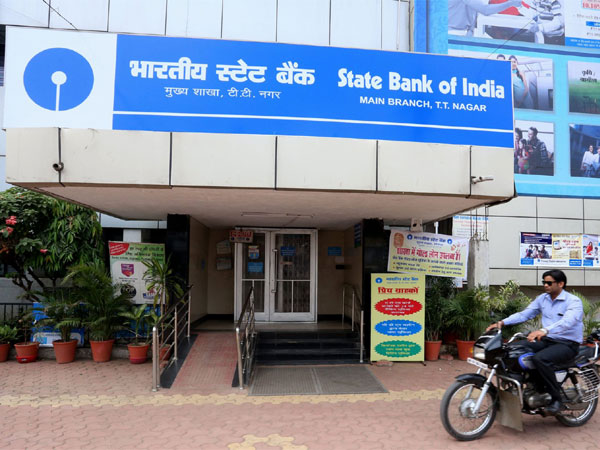
The front-loading of Rs 80,000 crore recap bonds proceeds will head towards those banks, which are under low capital adequacy ratio. The infusion of tier-I capital for strengthening their statutory requirements, as well as for helping them in core business of lending, is aimed at ensuring that public faith in them doesn’t dip.
The lions’ share of up to 70 per cent of it, however, will be for boosting the lending capacity of strong and big banks like the State Bank of India, Bank of Baroda, Canara Bank, Punjab National Bank and the Bank of India.
The capital adequacy is a measure of a bank’s financial strength expressed as a ratio of capital to risk-weighted assets. It is currently at 9 per cent for Indian banks set by the Reserve Bank of India (RBI). Tier 1 capital is the core measure of a bank’s financial strength from a regulator’s point of view.
The banks with low capital adequacy ratios and low additional tier-I capital and high gross NPAs have submitted their capital requirement quantum along with the reforms they wish to undertake to be able to qualify to get the capital infusion from the bonds.
Sources, however, said they would not get any significant amount at one go from this Rs 80,000 crore bond recapitalisation programme in this quarter as the government would adopt a wait-and-watch policy on the usage of the funds.
Gross non-performing assets at Bank of India more than doubled in the past two years, touching Rs 52,045 crore on March. As a percentage of total bad loans, gross NPA stood at 12.62 per cent and return on assets at -0.24 per cent at the end of March.
The bank had reported a net loss of Rs 1,558 crore for the year ended March against a loss of Rs 6,089 crore a year ago. The 6 banks under PCA are Bank of India, IDBI Bank, Central Bank of India, Dena Bank, Bank of Maharashtra and UCO Bank.
PCA is a RBI’s alert system to a bank to check further erosion in its capital position through its prompt corrective action (PCA) framework. It is meant for detecting emerging NPAs and taking corrective action at an earlier stage when banks run into difficulties.
To place a bank under PCA, the banks are assessed on three grounds – asset quality, profitability and capital ratios. When banks are found with low capital adequacy or high non-performing assets, these are called trigger points. RBI takes such action when the capital adequacy ratio goes down to less than 9 per cent and non-performing assets go up to more than 10 per cent.
RBI puts various restrictions on the lender, including on fresh loans and dividend distribution under the prompt corrective action.
The actions could include stricter norms for lending, branch expansion, and management change and asset reduction.
Under RBI’s new PCA framework, breaching a net NPAs ratio of 6 per cent invites action. Under the old rules, net NPAs ratio had to breach 10 per cent for taking action. BoI’s net NPA ratio breached 6 per cent in the March 2016 quarter and stood at 6.90 per cent at the end of March 2017.
Finance minister Arun Jaitley has already said the department of financial services has prepared a detailed plan with regard to capital infusion and the quantum that each bank will get out of Rs 80,000 crore during this fiscal for improving their capital adequacy ratio.
On Thursday, the Lok Sabha gave its approval for Rs 80,000 crore recapitalisation bonds for strengthening public sector banks.



